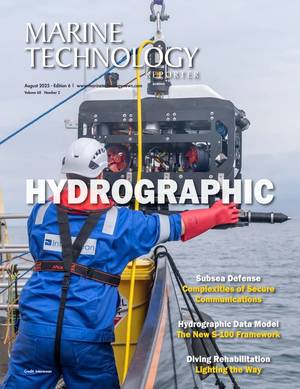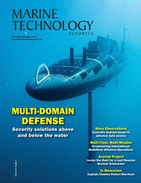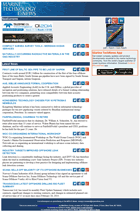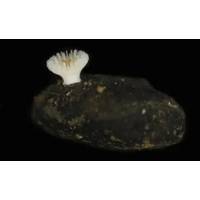
New Deep-Sea Coral Found on Nodules Targeted for Mining
interest for deep-seabed mining.The coral, Deltocyathus zoemetallicus – now described in a new study published in the “Zoological Journal of the Linnean Society” – was found more than 4,000 meters below the surface in the Clarion–Clipperton Zone (CCZ) of the Pacific Ocean. This is the first known hard-coral species to live directly on these nodules.The nodules grow extremely slowly – only a few millimeters over thousands of years. If mining were to remove them, this newly discovered species could lose its only known habitat – potentially before we
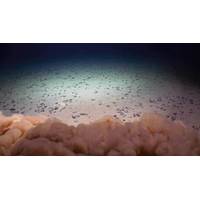
Deep-sea Mining Threatens “Twilight Zone” Ecosystem
are consumed by fish, seabirds and marine mammals. Zooplankton’s exposure to junk food sediment has the potential to disrupt the entire food web.”The study examined the content and effects of mining waste released during a 2022 mining trial in the midwater CCZ, an expansive area of the Pacific Ocean targeted for the extraction of deep-sea polymetallic nodules, which contain critical minerals, including cobalt, nickel and copper. Researchers collected and tested water samples from depths where the mining waste was discharged, finding that these particles had far lower concentrations
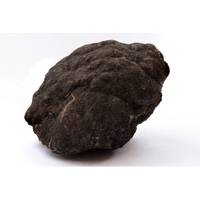
India Signs Deepsea Mining Exploration Deal with International Seabed Authority
mineral exploration and exploitation in international seabed areas, covered the Central and Southwest Indian Ridges.The country now holds the largest exploration area allotted by the ISA for these deep-sea mineral deposits, a government statement said.It is also seeking exploration licences in the Pacific Ocean, Reuters reported previously.India’s Minister of Science and Technology Jitendra Singh said the agreements would help enhance the country’s maritime and mineral exploration capabilities.(Reuters - Writing by Sarita Chaganti Singh; Editing by Kirsten Donovan

Bahrain Sponsors Impossible Metals Deep Sea Mining Permit Application
;Seabed Authority, becoming the first Middle Eastern country to throw its support behind the fledgling industry as part of an economic diversification push.Privately-held Impossible Metals last Friday filed a 170-page application with the Jamaica-based ISA for a permit to mine part of the Pacific Ocean known as the Clarion-Clipperton Zone that contains polymetallic nodules filled with manganese, copper, nickel and other building blocks of electric vehicles and electronics.Any country can allow mining in its territorial waters. The United Nations-backed ISA was authorized by a 1980s treaty to
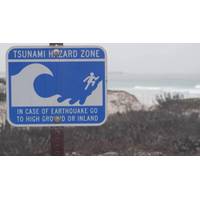
Tsunami Waves Reach Hawaii Following Major Earthquake in Russia’s Far East
islands and Ecuador, while waves of 1-3 metres were possible in countries including Japan, Hawaii, Chile and the Solomon Islands, it said.Smaller waves were possible along coastlines across much of the Pacific, including the U.S. West Coast."Due to a massive earthquake that occurred in the Pacific Ocean, a Tsunami Warning is in effect for those living in Hawaii," U.S. President Donald Trump said in a social media post."A Tsunami Watch is in effect for Alaska and the Pacific Coast of the United States."'Ring Of Fire'Several people in Kamchatka sought medical assistance
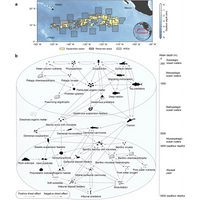
Seabed Mining: Defining Serious Harm
mining operations.The project was commissioned by The Metals Company Australia (TMC) and brought together scientists from CSIRO, Griffith University, Museums Victoria, the University of the Sunshine Coast and Earth Sciences New Zealand.The research focused on the Clarion Clipperton Zone (CCZ) in the Pacific Ocean – a region being considered for potential mining of polymetallic nodules containing critical minerals such as cobalt and nickel.The scientists analyzed data from test mining activities that were carried out in the CCZ by TMC under approval by the International Seabed Authority (ISA).A key
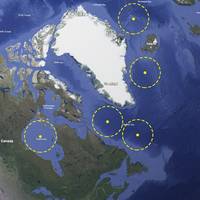
Mother Ship with USV Flotilla Could Boost Coast Guard Capabilities
Gallup of the US Naval Postgraduate School, highlight the relatively lower costs that would be involved compared to building and crewing traditional coast guard ships.A U.S. Navy version is armed and intended to protect the sea lanes of communication (trading routes) in the island chains of the Pacific Ocean. This warship concept is called the Lightly Manned Automated Combat Capability (LMACC).These needs point to the inability of many countries to build government vessels quickly. The current Canadian flagship icebreaker, the Louis S. St-Laurent, sailed her maiden Arctic voyage in 1969 (56 years
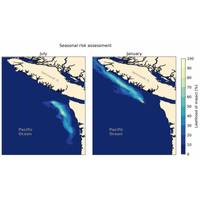
NOAA: Operational Forecast System Informs Shipwreck Oil Spill Scenarios
and sank off the coast of Cape Flattery, Washington. Resting almost 500 feet below the surface, the Coast Trader has an estimated 542 tons of heavy fuel oil remaining in the fuel tanks. The quantity onboard the Coast Trader is equivalent to 60% of the volume of fuel spilled into the Pacific Ocean near Grays Harbor by the barge Nestucca in 1988, which remains one of Washington’s largest and most damaging oil spills.In collaboration with Fisheries and Oceans Canada (DFO), NOAA’s Office of Response and Restoration (OR&R) began a comprehensive assessment of potential
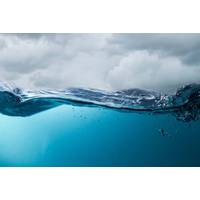
A New Approach to Studying the Air-Sea Flux
interactions that occur at the air-sea flux requires simultaneous measurement of multiple in-situ co-located variables at a level of accuracy not provided by satellites or numerical models.This is something USVs are good at, but currently there are large gaps in USV monitoring including in the Pacific Ocean and high latitudes. Additionally, USVs have not yet been active in the Indian Ocean and South Atlantic.Even where USV manufacturers, universities and research institutions have pioneered ground-breaking USV capabilities, the data has been siloed within individual projects, say the researchers
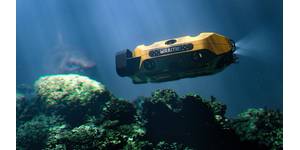
 August 2025
August 2025
